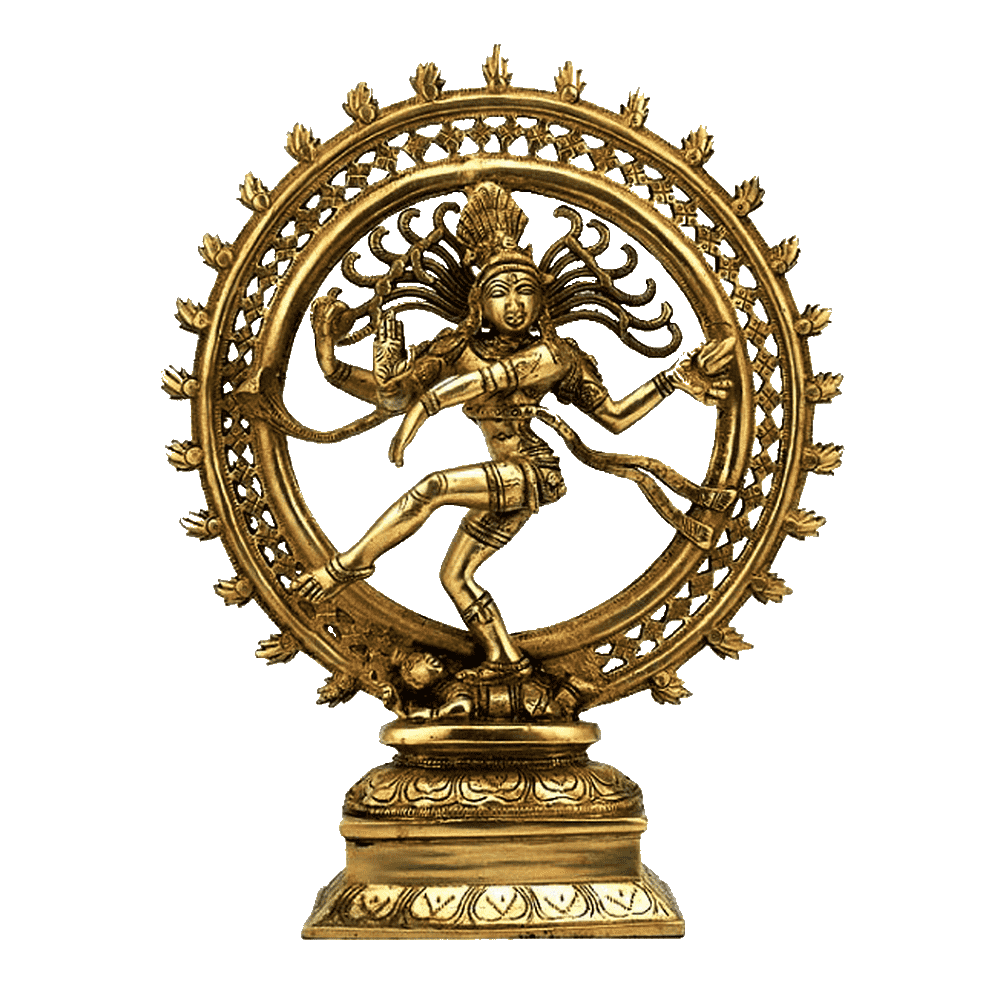
Śaiva Agamas
Unraveling the Profound Wisdom of Sadaśiva, Vāma, Dakṣiṇa, and Bhairava
Introduction:
Śaiva Agamas are ancient scriptures that hold a significant place in the pantheon of Hindu texts. They form the backbone of Śaivism, a profound and ancient tradition centered around the worship of Lord Śiva. In this article, we will explore the key teachings and significance of four major categories of Śaiva Agamas: Sadaśiva (Śivagama), Vāma or Tumburu, Dakṣiṇa or Bhairava, and the individual texts like Kularnava Tantra, Amṛteṣaṭantra or Netratantra, Netragyanarṇava tantra, Niḥśvāsatattvasaṃhitā, Kālottārā tantra, Sarvajñānottārā, Ṣaivāgamas, Raudrāgamas, Bhairavāgamas, and Vāma Āgamas.
Sadaśiva (Śivagama):
The Sadaśiva or Śivagama category of Śaiva Agamas is essential in understanding the ultimate formless aspect of Lord Śiva. Sadaśiva transcends time, space, and attributes, representing the unchanging, eternal, and all-pervading nature of divinity. These texts provide insights into temple rituals, deity worship, and various spiritual practices that allow devotees to establish a deep connection with the formless divine.
Vāma or Tumburu Āgamas:
The Vāma Āgamas focus on the Vāma form of Lord Śiva and are also associated with the celestial musician Tumburu. These texts place emphasis on the role of the divine feminine or Shakti in the process of creation and spiritual realization. Vāma Āgamas offer profound teachings on mantra recitation, meditation, and Tantric rituals that invoke the transformative power of the goddess.
Dakṣiṇa or Bhairava Āgamas:
Dakṣiṇa Āgamas celebrate the aspect of Dakṣiṇa or Bhairava, representing the fierce and destructive nature of Lord Śiva. These texts delve into the secrets of death, transformation, and liberation. Dakṣiṇa Āgamas guide seekers through practices that help transcend fear and attachment, leading to spiritual enlightenment and self-realization.
Individual Śaiva Agamas:
Kularnava Tantra:
The Kularnava Tantra is a prominent text within Śaiva Agamas, revealing profound teachings on rituals, ethics, and spiritual practices for devotees on the Kula path.
Amṛteṣaṭantra or Netratantra:
The Amṛteṣaṭantra or Netratantra emphasizes the significance of the guru-disciple relationship and contains mystical practices to awaken higher consciousness.
Netragyanarṇava Tantra:
This Tantra focuses on the knowledge of the eyes and provides insights into the practices of Trataka (gazing meditation).
Niḥśvāsatattvasaṃhitā:
This text delves into the principles of breath control and pranayama, elucidating its vital role in spiritual evolution.
Kālottārā Tantra:
The Kālottārā Tantra emphasizes the transcendence of time and the worship of Kāla, the eternal aspect of Lord Śiva.
Sarvajñānottārā:
The Sarvajñānottārā expounds on the highest knowledge and self-realization, leading aspirants to the state of omniscience.
Ṣaivāgamas:
These are foundational texts that detail temple construction, rituals, and the worship of various forms of Śiva.
Raudrāgamas:
The Raudrāgamas elaborate on the fierce and wrathful aspects of Lord Śiva, guiding practitioners towards liberation from worldly attachments.
Bhairavāgamas:
The Bhairavāgamas focus on Bhairava, an intense form of Śiva, and provide tantric practices for spiritual evolution and empowerment.
Vāma Āgamas:
As mentioned earlier, these scriptures emphasize the role of the divine feminine energy and its worship.
Dakṣiṇāgamas:
These texts offer insights into the transformative aspect of Dakṣiṇa or Bhairava, helping practitioners transcend limitations and fears.
Conclusion:
The Śaiva Agamas encompass a vast array of texts that illuminate the spiritual path of Śaivism. They reveal the multifaceted nature of Lord Śiva and offer profound teachings to aspirants seeking spiritual realization. Each category of the Agamas holds unique wisdom and practices, guiding devotees towards the ultimate goal of attaining oneness with the divine and unlocking the infinite potential within themselves. By studying and practicing the Śaiva Agamas, individuals can embark on a transformative journey of self-discovery and spiritual evolution.
Editor – Kaalchakra Team
[ Note – Before Concluding anything as a Finale, Please Go through Original Scriptures of Vaidik Literature Written in Sanskrit and Also with Meaning of That time of Language. Because English is a Limited language to Explaining the Deeper Knowledge of Vaidik Kaal. ]
